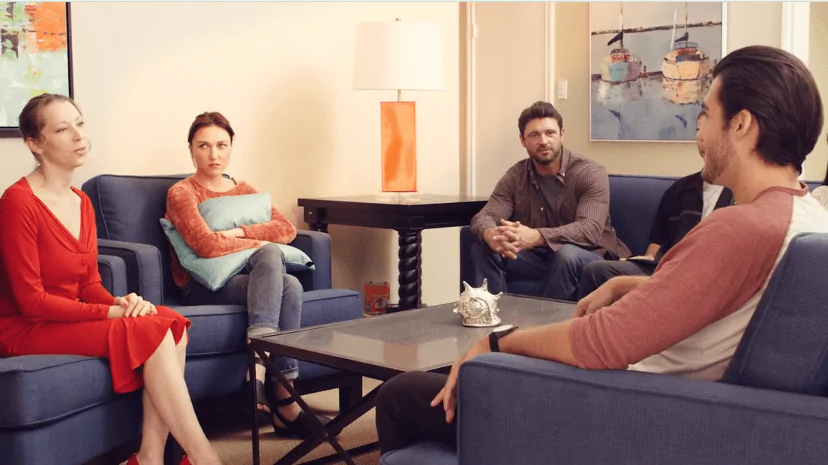24/7 Helpline:
(866) 899-221924/7 Helpline:
(866) 899-2219
Learn more about Benzo Rehab centers in Bigfoot
Benzo Rehab in Other Cities

Other Insurance Options

Excellus

BlueCross

ComPsych

Optima

Cigna

Choice Care Network

Private insurance

Meritain

State Farm

Health Choice

AllWell

Absolute Total Care

WellCare Health Plans

Optum

BHS | Behavioral Health Systems

CareFirst

MHNNet Behavioral Health

Group Health Incorporated

Coventry Health Care

UnitedHealth Group














